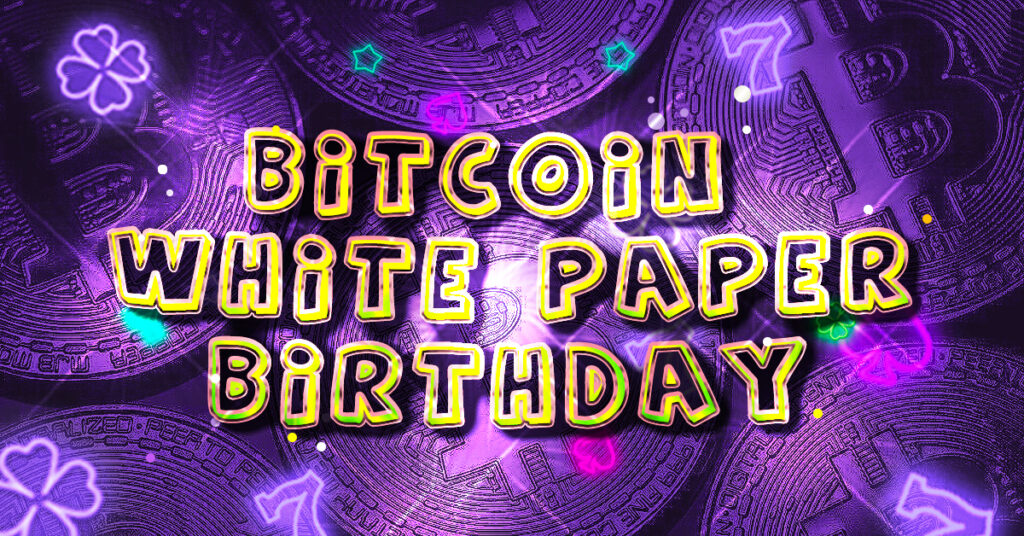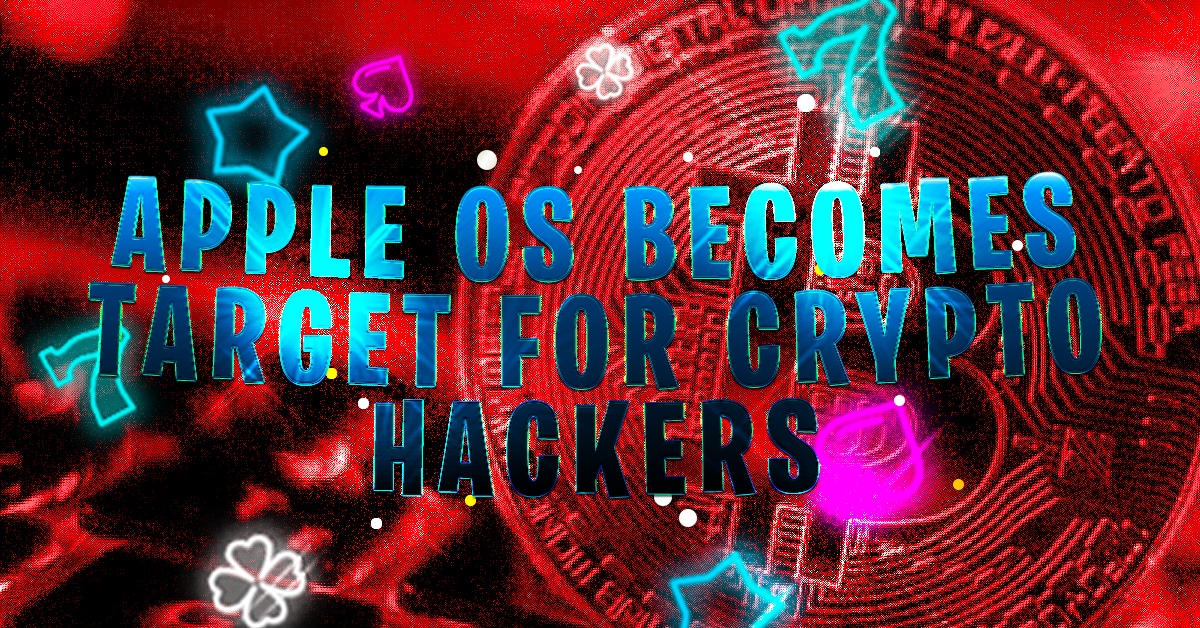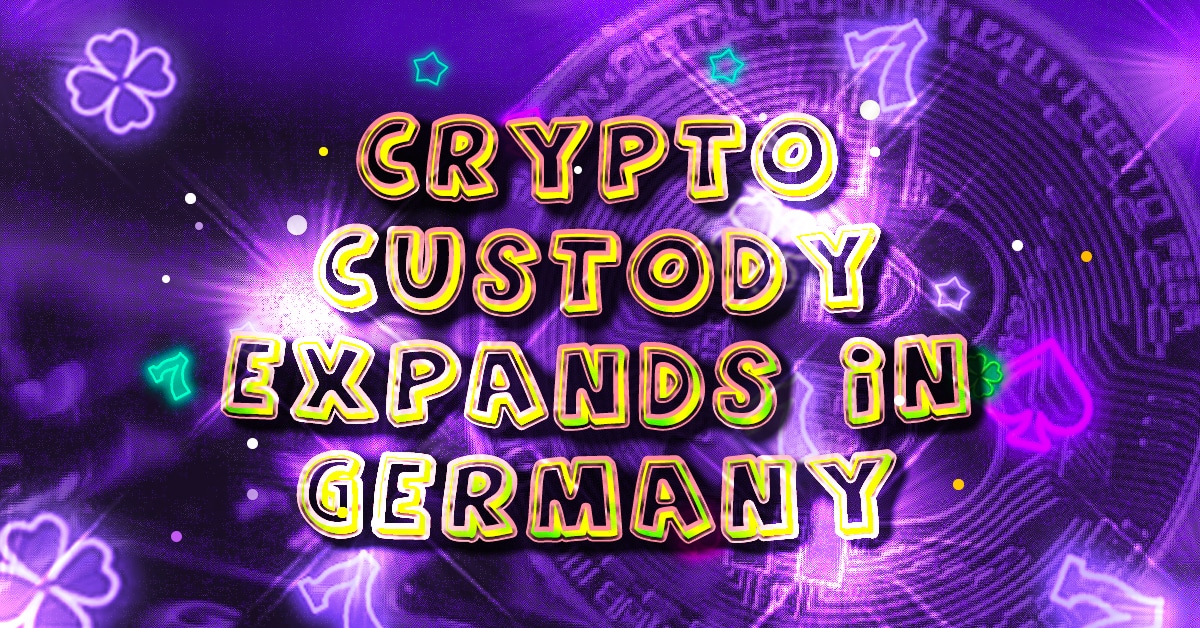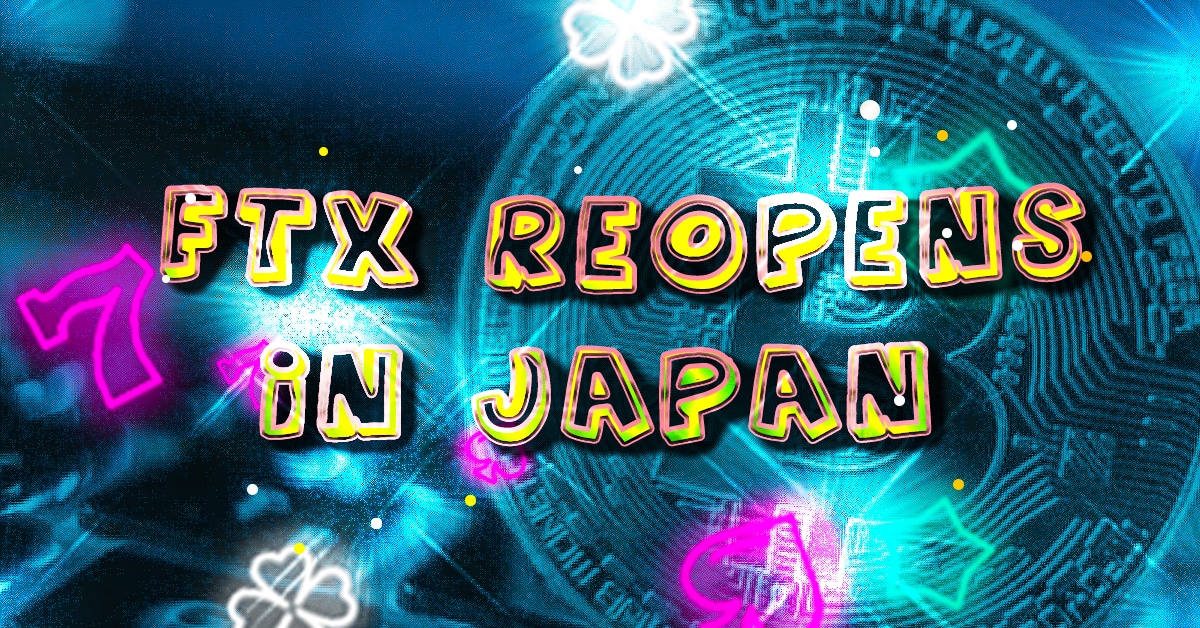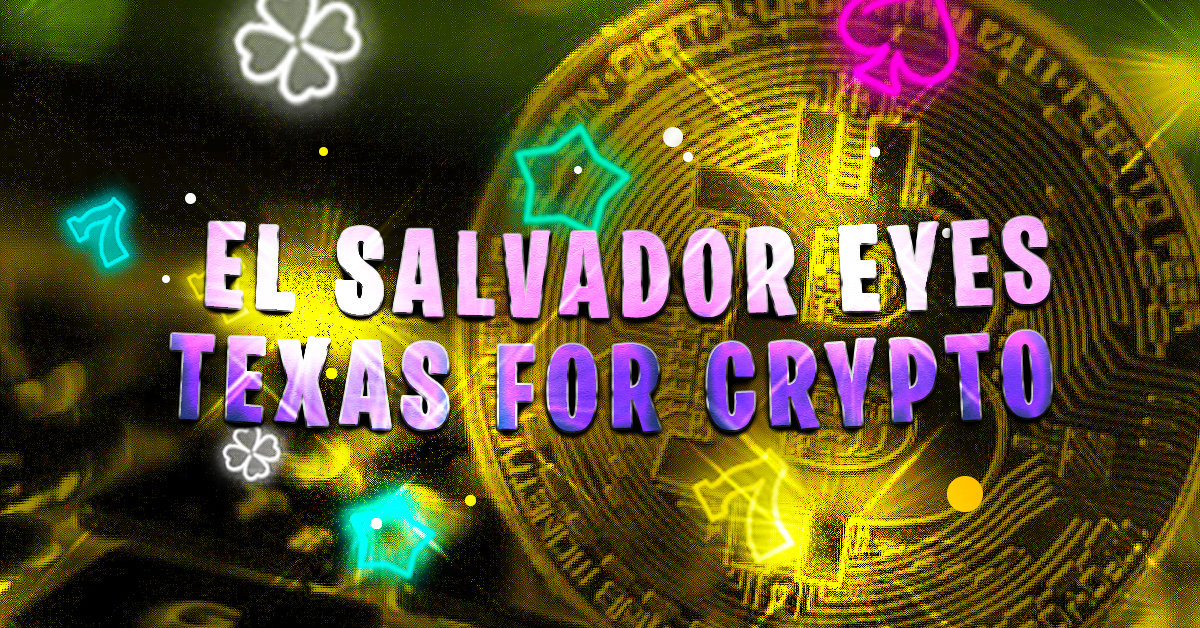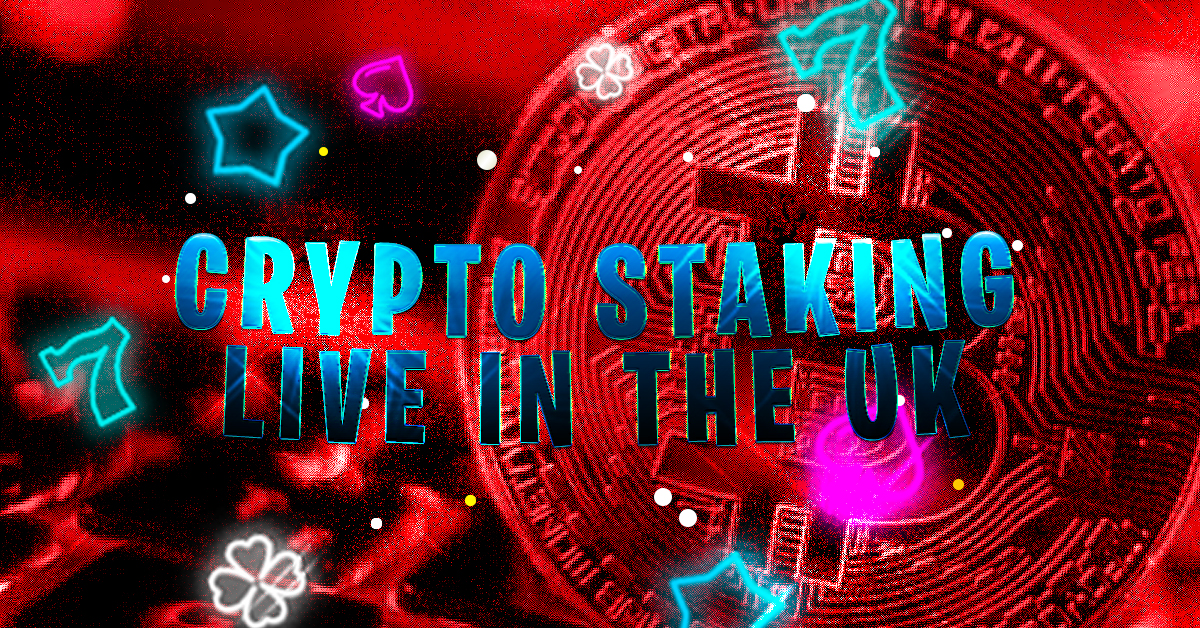The 14th birthday celebration of the Bitcoin (BTC) white paper has crawled up as the world keeps on managing a worldwide pandemic, expansion fears, an astonishing memecoin lunacy pattern and developing institutional reception of the cryptocurrency space. 13 years ago, on October 31, Satoshi Nakamoto delivered the BTC white paper to a cryptocurrency mailing list facilitated by Metzdow
The Metzdow mailing list was controlled by a gathering of cypherpunks and was loaded up with thoughts intended to make a type of computerized money: a portion of these have even been referred to in the BTC white paper. Satoshi’s white paper arrived in a message named “Bitcoin P2P e-cash paper,” in which he clarified that his advanced money is completely distributed (P2P) and requires no trusted third party for an exchange to happen. Through a shared organization, BTC tackled the twofold spending issue. BTC additionally permitted network members to stay mysterious and was gotten through a proof-of-work (PoW) agreement calculation.
At that point, the white paper wasn’t received in the manner in which individuals would anticipate that it should be, knowing what they know today. Just a small bunch of individuals saw Nakamoto’s email and answered with their musings and concerns encompassing Bitcoin. After the white paper was shared on the mailing list, gradually, conversation encompassing the record began developing, with the BTC network being dispatched in mid-2009.
Hal Finney is notable in the digital currency space for being engaged with the principal BTC transaction and being the main individual after Nakamoto to run a duplicate of the organization through a hub. Subsequent to setting it up, Finney tweeted he was “running bitcoin.” The cypherpunk, who lamentably died in 2014 because of ALS and had his body cryopreserved by the Alcor Life Extension Foundation, depicted his work with Satoshi in a gathering post where he uncovered he began mining BTC on “block 70-something,” and that after some correspondence, Satoshi sent him 10 BTC to test whether the organization worked.
At that point, there was no interest for space on the blockchain, so the exchange was effectively handled with a 0 BTC charge connected to it. The 10 BTC were useless at that point, lightyears from where it is today.
